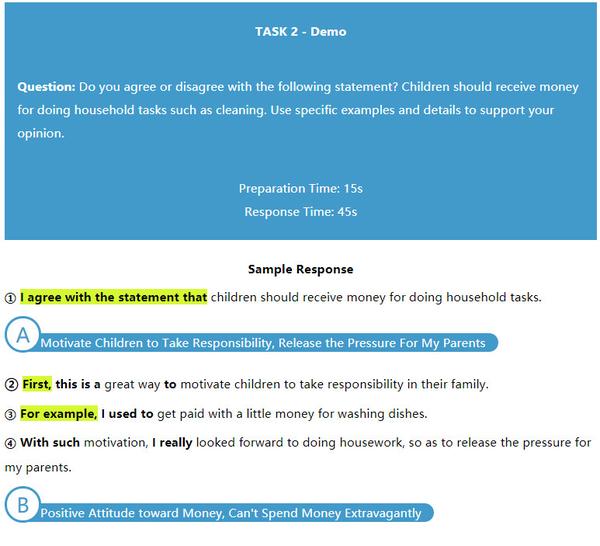Understanding the Maximum Student Loan Amount: What You Need to Know for Your Education Financing
#### What is the Maximum Student Loan Amount?The **maximum student loan amount** refers to the highest amount of financial aid that a student can borrow to……
#### What is the Maximum Student Loan Amount?
The **maximum student loan amount** refers to the highest amount of financial aid that a student can borrow to fund their education. This amount varies depending on several factors, including the type of loan, the student's year in school, and whether the student is classified as dependent or independent. Understanding these limits is crucial for students as they plan for their educational expenses.
#### Types of Student Loans and Their Limits
There are primarily two types of student loans: federal and private. Federal student loans typically have set maximum limits that are determined by the government. For instance, undergraduate students can borrow up to $5,500 to $12,500 annually, depending on their year in school and dependency status. Graduate students, on the other hand, can borrow up to $20,500 each year through Federal Direct Unsubsidized Loans.
Private student loans, however, do not have standard limits like federal loans. Instead, the maximum amount a student can borrow varies by lender and is often based on the student's creditworthiness and the cost of attendance at their chosen institution. It’s essential for students to research and compare different lenders to find the best options available to them.

#### Factors Influencing Maximum Student Loan Amount
Several factors can influence the **maximum student loan amount** a student can access. These include:
1. **Cost of Attendance (COA)**: The total cost of attending a college or university, including tuition, fees, room, board, and other expenses, plays a significant role in determining how much a student can borrow. Students are typically allowed to borrow up to the COA minus any other financial aid they receive.
2. **Dependency Status**: Dependent students often have lower borrowing limits compared to independent students. This is because the federal government considers the financial resources of the student's parents when determining loan eligibility.

3. **Year in School**: As students progress through their education, their borrowing limits may increase. For example, a freshman may have a lower maximum loan amount compared to a senior.
4. **Loan Type**: Federal loans generally have lower interest rates and more favorable repayment terms compared to private loans. Understanding the differences between these types of loans can help students make informed decisions about their borrowing.
#### How to Determine Your Maximum Student Loan Amount
To determine your **maximum student loan amount**, students should start by completing the Free Application for Federal Student Aid (FAFSA). This application helps assess eligibility for federal student aid, including loans, grants, and work-study programs. Once the FAFSA is submitted, students will receive a financial aid offer from their chosen institution, which will outline the types and amounts of aid they are eligible for.

Additionally, students should consult their school’s financial aid office for personalized assistance and guidance. They can provide detailed information about the maximum amounts allowed based on the student’s specific situation and institution.
#### Conclusion: Planning Your Education Financing
Understanding the **maximum student loan amount** is a vital step in planning for educational expenses. By knowing the types of loans available, the factors that influence borrowing limits, and how to apply for financial aid, students can make informed decisions that will help them finance their education responsibly. It’s essential to borrow wisely and consider future repayment options to ensure a manageable financial future after graduation.